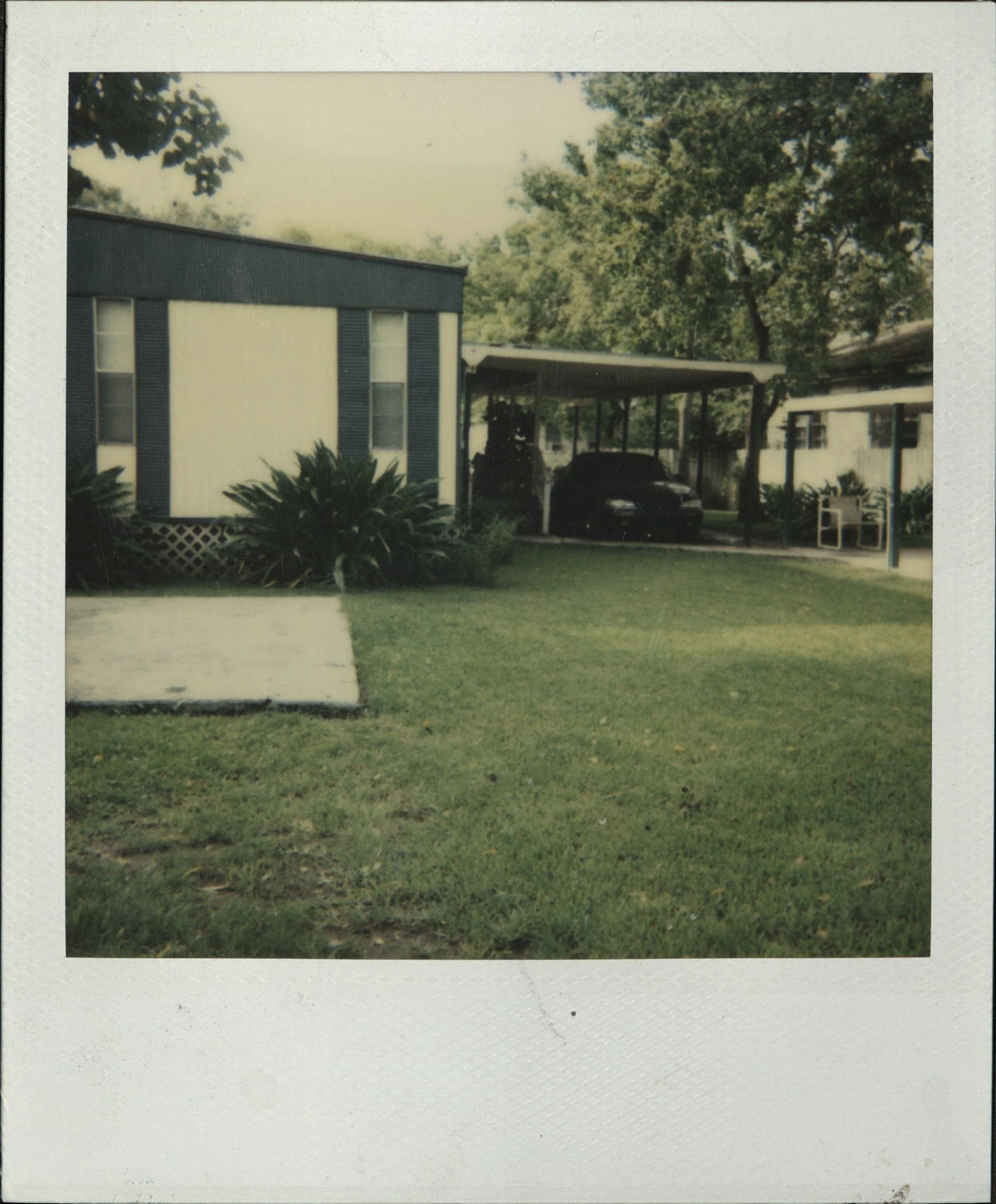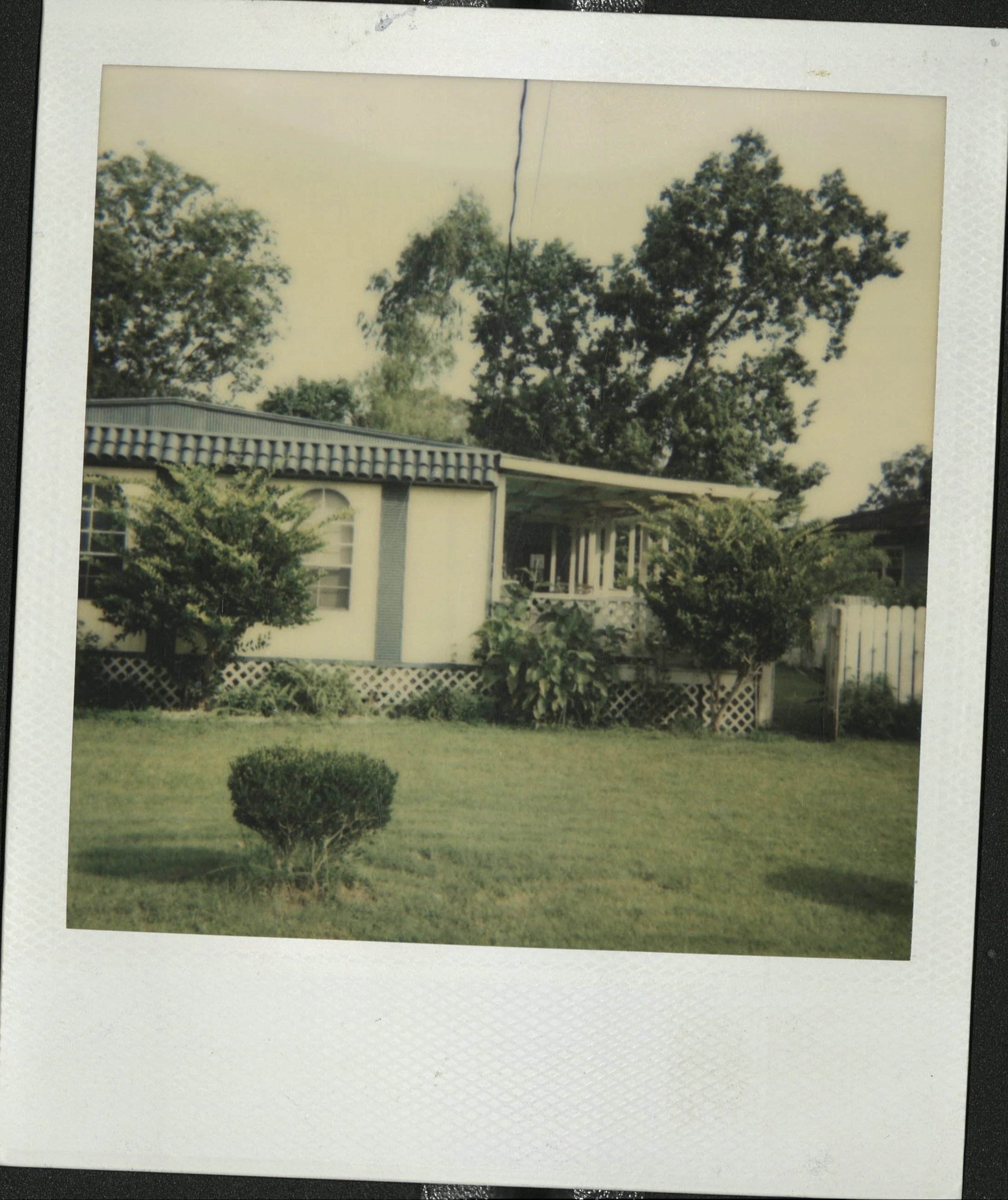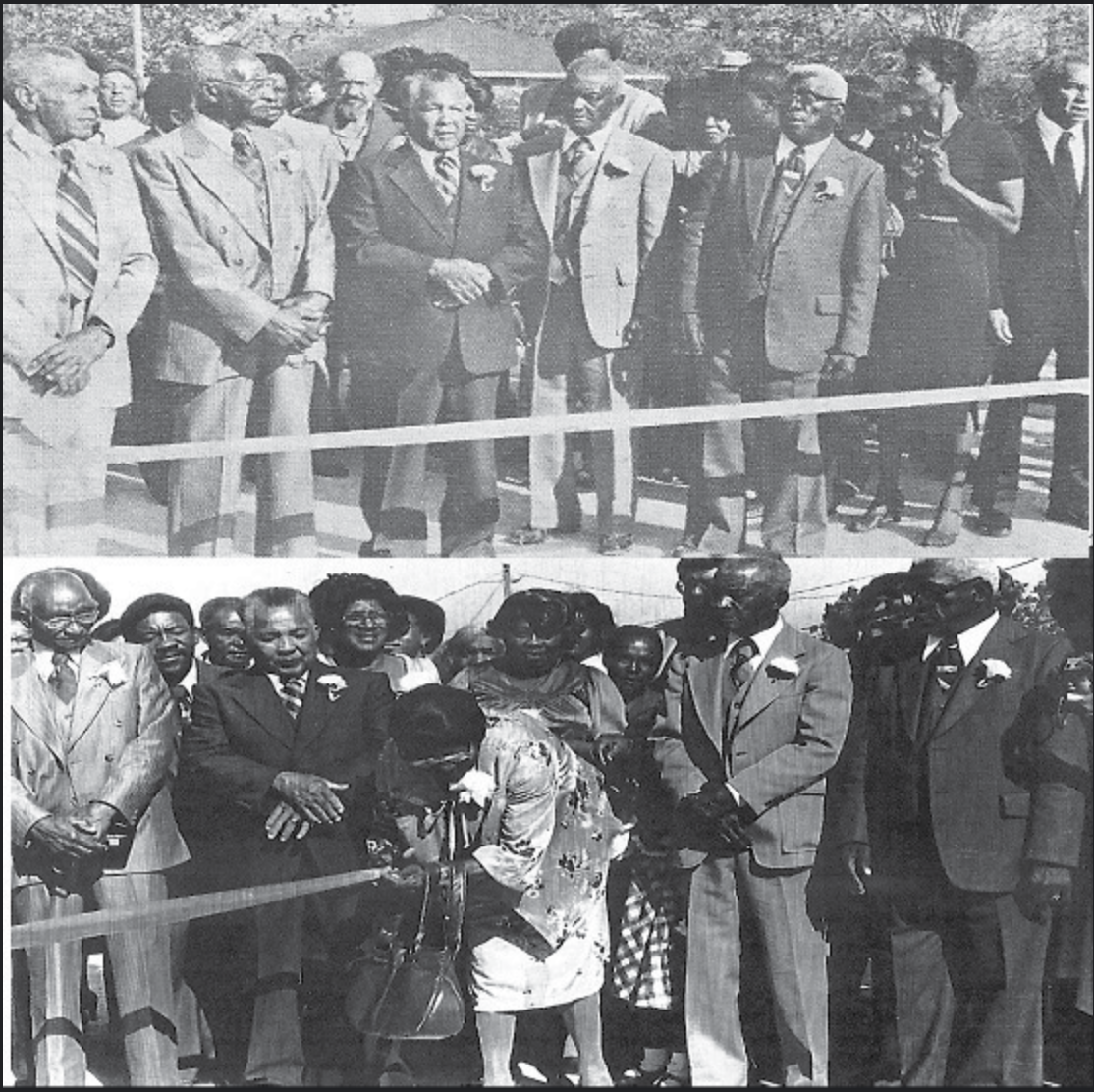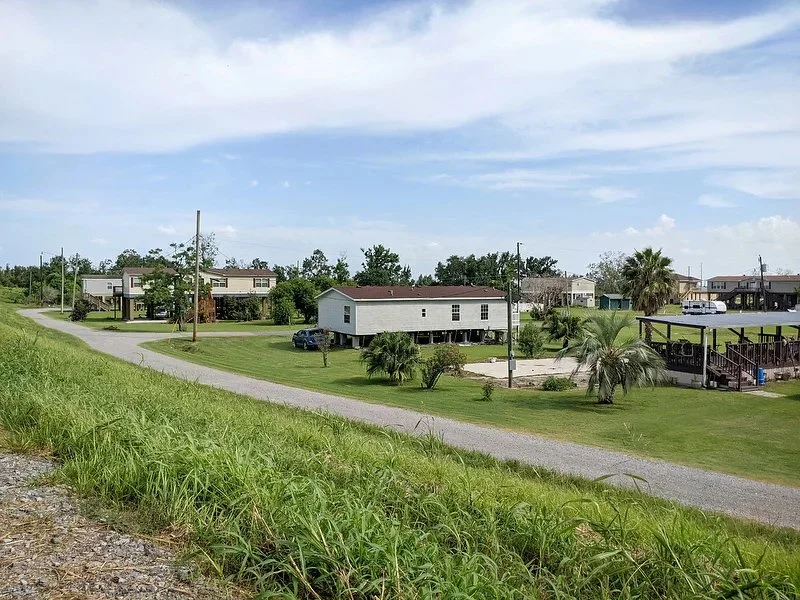Our Past
Two homes and lawns in the late 1980s, surrounded by trees and lush greenery - Photo by Audrey Trufant Salvant
The Ironton community has a long history of placemaking and resilience. Founded by formerly enslaved people after the Civil War, the community was an important site of Black institution building in Plaquemines Parish. Community members have subsequently organized for equitable development and inclusion despite segregationist parish governance through the 1980s. These efforts have included the Underground Right to Vote Movement in the 1950s, the school desegregation movement that succeeded in the 1960s but soon saw parish-subsidized white-only schools that operated until the 1980s. In 1980, the Ironton community successfully organized to have running water piped into the village.
Ribbon cutting at Ironton’s Water Celebration, 12/5/1980 - Photo by Reverend Tyronne EdwardsChildren participating in the St. Paul Baptist Church summer program, mid-1990s - Photo by Audrey Trufant Salvant
In 2014, Ironton led the charge against the proposed RAM Terminals coal terminal that was proposed to be built next door to Ironton. With the terminal and proposed rail extension, Ironton would have been surrounded by coal facilities. The RAM terminal would have poisoned their air and accelerated the climate crisis, but Ironton fought it off. Residents who later became members of IRAD were key players in the successful campaign to block the proposal. In 2020, Ironton again faced encroaching industry with the Tallgrass Plaquemines Liquids Terminal project, proposed for the very same site. Locals helped organize dozens of meetings to educate residents. Because of this organizing, as well as litigation with partner nonprofit organizations, the Tallgrass proposal was dropped in 2022.
Over 150 residents gather in Belle Chasse Auditorium to oppose RAM at a hearing in September 2015 - Photo by Tegan Wendland
All of these events have played out against a backdrop of persistent levee underdevelopment. Ironton has been excluded from federal levee inclusion despite multiple congressional appropriations to increase protection. Residents today expect the levee expansion that has been repeatedly promised to them.





